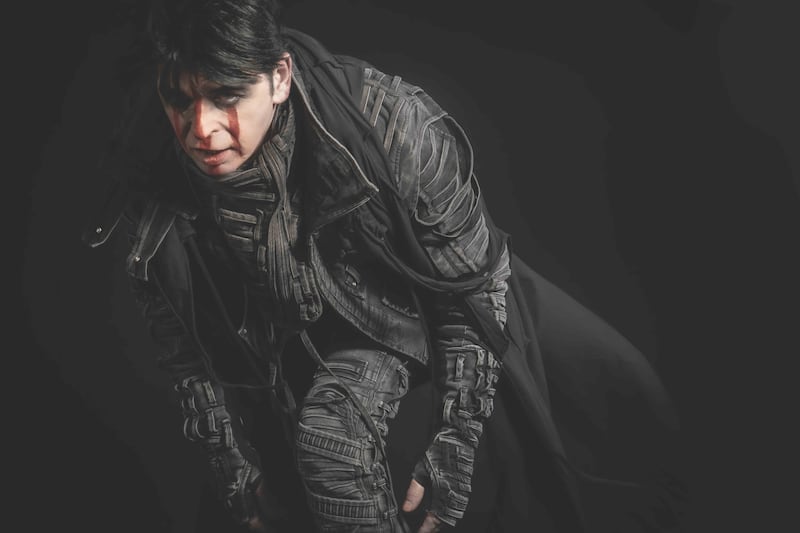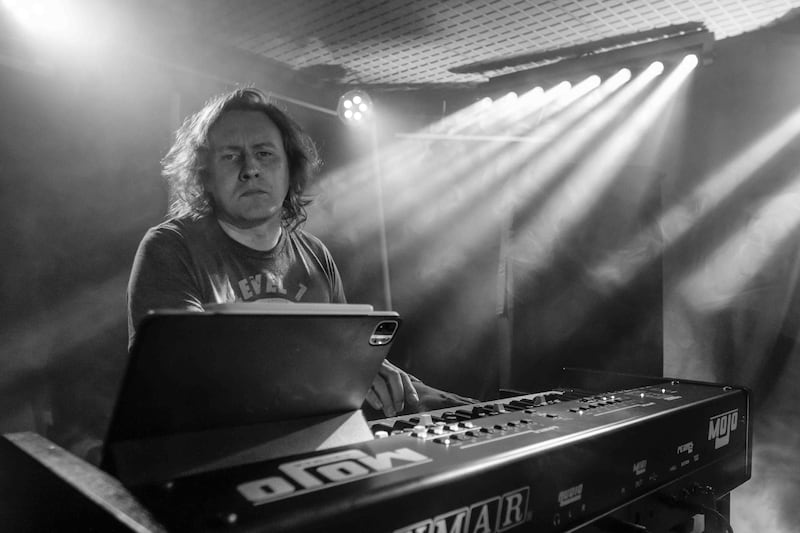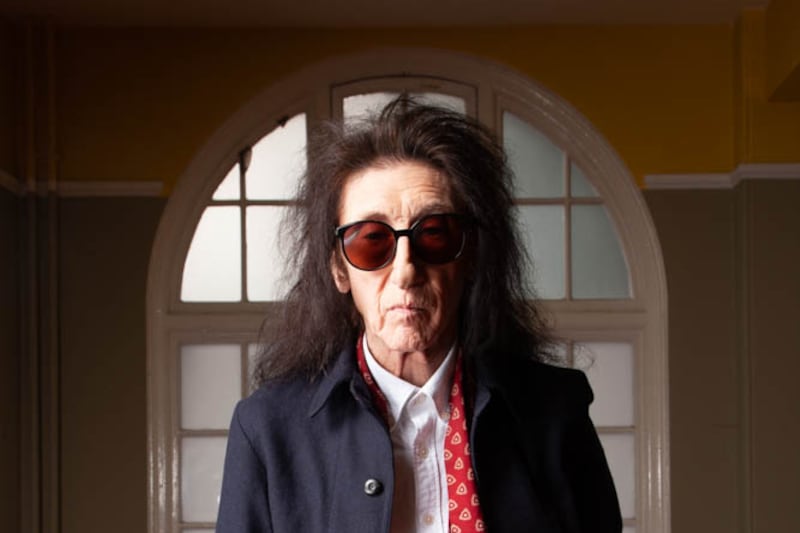It’s quite astonishing, really, that after a famine that killed a million people in Ireland and scattered another million of its inhabitants to different parts of the globe that the Irish still harbour a deep and intimate connection with their cultural past.
Despite Ireland’s almost total absorption into the Anglosphere where it has abandoned its indigenous language for a colonial, ‘modern’ mindset, O’Leary is still in the grave but Romantic Ireland has risen, its death having been greatly exaggerated.
The Irish language, especially in the north, is going through a golden age at this point in our history while centuries old tunes are being played by an ever-increasing number of people in homes and venues all over the country.
If anyone personifies the continuum between the soul of Gaelic Ireland and the present day, it’s Pádraigín Ní Uallacháin, one of the most prolific traditional singers in Ireland, a woman of the 20th and 21st centuries but who also has a sixth century sensibility, two perspectives given voice in her recently released studio recording, Seven Daughters of the Sea, her third album of new compositions.
But the Oriel woman also shares an overlooked aspect of the Gael, the willingness to look outwards, to embrace other cultures as we have done since time immemorial.
Also playing on the album are US guitarist Steve Vai, the Indian classical Bansuri player Rajat Prasanna, guitarist Steve Cooney from Australia/Ireland, fiddle and piano player Dónal O’Connor, vocalist Macdara Ó Graham from Ireland and piper Fin Moore from Scotland.
This extraordinary collaboration comes together on the title track, with the sounds of an ancient Irish incantation merging with contemporary musical rhythms, invoking cosmic protection on a troubled world.
But who are these eponymous seven daughters?
“This song originated in the ancient Ireland of the sixth century as an incantation for safety and protection,” Pádraigín explains.
“I’ve taken a snippet of it and sing it in the original Irish with a translation my own.
“The seven daughters could be thought of in different ways.
“There is a well in Connemara called the Well of the Seven Daughters which has a medieval church called Teampall na Seacht nIníon and the Seven Daughters are assumed to have been named after a star constellation.”
- Trad: Ralph McTell's English heart and Irish soulOpens in new window
- Trad legends The Bothy Band announce first Irish concert for 45 years - in BelfastOpens in new window
- Trad legends The Bothy Band on getting the music ‘up to scratch’ and lighting the spark for once-in-a-lifetime concertsOpens in new window
As Pádraigín writes in the sleeve notes: “The ‘Seven Daughters’ may well be the daughters of the sea-nymph Pleione also known as The Pleiades - a seven star constellation which rises in the heavens at Bealtaine at the birth of summer, a safe time for journeying by sea - and then setting at Samhain, on the cusp of winter.
“It also calls on the protection of the powerful Senach - a kinsman of Brigid - a potent male deity and a seer whose otherworldly gifts were nourished by the milk of fairy mothers.
“Seven recurs throughout this chant and has significance in most of the ancient cultures of the world as being associated with magic and good fortune,” says Pádraigín.
“The seventh track of Steve Vai’s album The Story of Light was inspired by Mullach a’tSí from my first album A Stór is a Stóirín.
“On Seven Daughters, Steve joins me on the seventh track here, bringing our extraordinary collaboration full circle with the rhythms of ancient Irish culture and contemporary music while invoking a blessing for each individual in a troubled world,” she writes.
The new album harks back to Songs of the Scribes, the 2011 album whose inspiration came from manuscripts held in the library of St Gallen in Switzerland which Pádraigín visited.
The manuscripts were carried from Bangor Abbey to safety to Europe over a number of centuries, saving them from Viking attack.
But for Seven Daughters of the Sea, Pádraigín wanted to go further and deeper into the older consciousness of the material
“I began to wonder about going deeper because all my work has been invoking memory, reawakening memory.
“So whether it’s my book Hidden Ulster, or CDs like Ceolta Oirialla or Songs of the Scribe, it’s always about going deeper and deeper into awakening memory and an awareness of some of the material that has been put aside because of other people’s traditions,” she says.
While much is made of the Irish “sense of place” and our affection for old deities, for Pádraigín, what she writes, both music and lyrics, help us to get us to touch with ourselves.
“This is this is the key to it,” she says. “We are these goddesses and gods, these deities. It’s about getting in touch with the essence, the divine essence, of who we are as ourselves.
“The songs are mostly self-penned, new songs written by myself, contemporary songs which contain within them the mysticism that connects us with the divine,” she explains.
As for the music, it comes from a “well of creativity” but also from the well of experience, says Pádraigín.
“I listen to a lot of Indian music and I’ve loved India for as long as I can remember,” she recalls.
“Sean-nós comes from a well of experience and influences, as well as from just inspiration.
“I always write the lyrics first and then I marry the mood of the music to the words. That’s the essence of it. Sometimes I have to tweak the words, because I’m influenced by the sounds of the Irish language. So therefore, that that will that will be very much part of the structure of lyrics.”
Coming together, the 10 songs on The Seven Daughters of the Sea, are an incantatory embrace of nature; blackbird and dove; of the seasons, Spring and Summer; of our goddesses, mythical and temporal (21 are named in the song Beannú, a chant and a keen).
It is often said that music has the power to heal or to restore and to invigorate and so it is with this glorious album.








